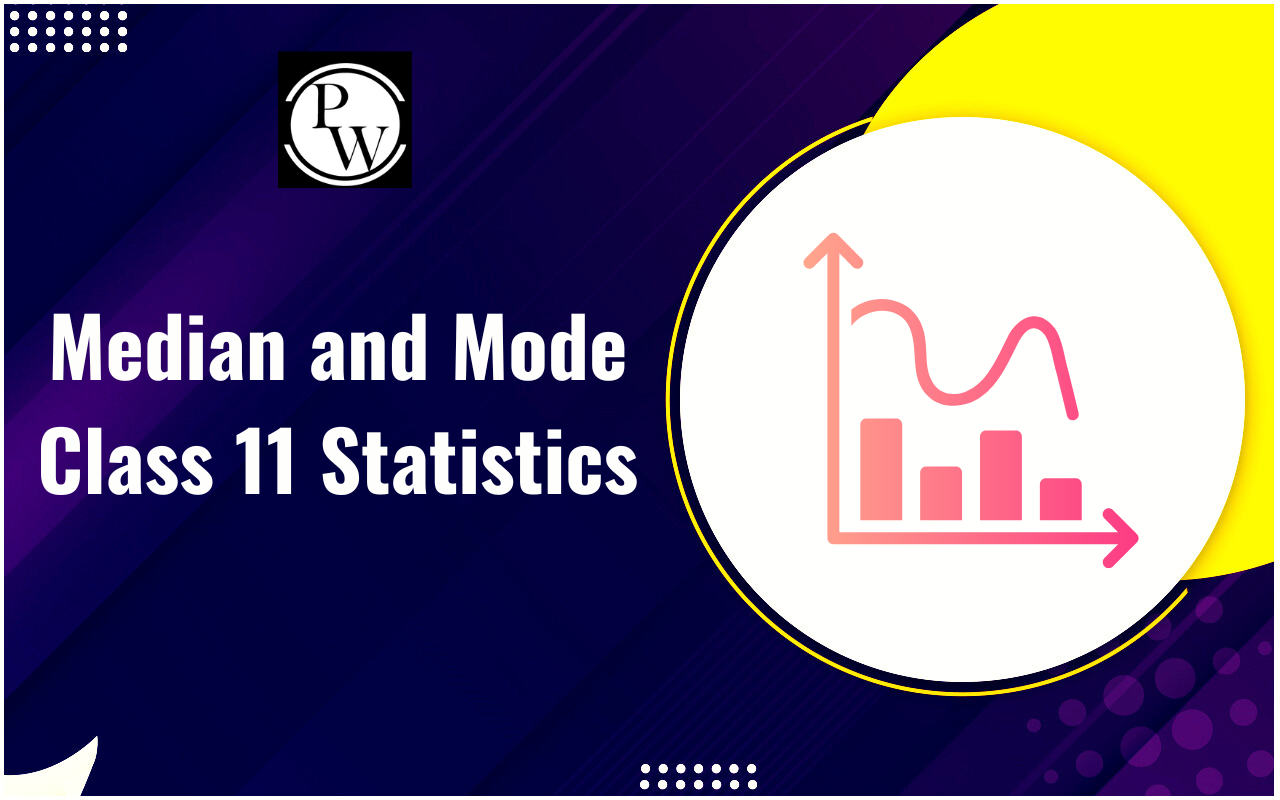
Financial Markets: The financial market is a complex system comprising banks, development financial institutions (such as NABARD, SIDBI, IDBI), and non-banking financial institutions. This system, inclusive of regulatory bodies and organizations, facilitates the movement of debt and equity capital. Financial instruments within this market include shares, bonds, debentures, and more.
Discover comprehensive information on financial markets and grasp the distinctions between the money market and capital market.Financial Market Functions
Check here for the several Financial Market functions:- Connecting Investors and Borrowers: It serves as a platform for investors and borrowers to interact.
- Pricing Information: Through asset trades, it generates pricing information from buyer-seller interactions.
- Ensuring Security: It ensures secure dealings with financial assets.
- Ensuring Liquidity: This provides a way for investors to sell assets, ensuring liquidity.
- Cost-Efficient Transactions: The market promotes cost-effective transactions and access to information.
- Money Market: Deals with short-term funds.
- Capital Market: Focuses on long and medium-term funds involving lending and borrowing.
What is a Money Market?
The Money Market, as defined by the RBI, is like a hub for dealing with short-term monetary assets. It caters to the short-term needs of borrowers and ensures that lenders have quick access to cash or liquidity. Moreover, it's where institutions and individuals with extra funds for the short term meet those who need to borrow, including the government. This interaction in the money market helps balance short-term financial requirements.Money Market Functions
The Money Market serves several important functions:- Balancing Money Flow: The money market ensures a balance between the demand and supply of money for short-term transactions, maintaining monetary equilibrium.
- Boosting Economic Growth: By channelling funds to sectors like agriculture and small-scale industries, the money market plays a role in promoting economic growth.
- Supporting Trade and Industry: It provides necessary finance to trade and industry, including the option to discount bills of exchange, facilitating their financial needs.
- Implementing Monetary Policy: The money market acts as a mechanism for the effective implementation of monetary policies, contributing to the stability of the financial system.
- Facilitating Capital Formation: Offering short-term investment avenues, the money market encourages savings and investments, contributing to overall capital formation in the economy.
- Enhancing Liquidity: The money market ensures quick access to cash, enhancing liquidity for participants, which is crucial for smooth financial operations.
- Risk Diversification: It allows for diversification of risk by providing a range of short-term investment options, reducing the impact of financial uncertainties.
- Government Financing: The money market plays a role in government financing by providing a platform for short-term borrowing and lending activities supporting fiscal operations.
- Efficient Monetary Transmission: It facilitates the efficient transmission of monetary policies, ensuring that changes in interest rates and other monetary tools have a swift impact on the broader economy.
Money Market Features
The Money Market boasts distinct features that contribute to its significance:- Non-Inflationary Government Finance: The money market offers non-inflationary financial sources to the government through the issuance of treasury bills, enabling short-term loans without triggering price increases.
- Diverse Participants: Comprising various organizations and institutions, the money market involves entities dealing in short-term debt instruments. Key players include the RBI, commercial banks, cooperative banks, non-banking financial companies like LIC, GIC, UTI, and specialized institutions like the Discount and Finance House of India (DFHI).
- Key Money Market Instruments:
- Treasury Bills: Short-term government securities facilitating quick borrowing.
- Commercial Paper: Unsecured promissory notes issued by corporations.
- Certificate of Deposit: Time deposits offered by banks.
- Repurchase Agreements (Repos): Short-term borrowing and lending using securities as collateral.
- Call Money: Short-term funds lent and borrowed among banks.
What is a Capital Market?
The Capital Market serves as the arena for obtaining medium and long-term funds. Within this market, various financial institutions, organizations, and instruments engage in lending and borrowing transactions with a maturity period exceeding one year. Moreover, the Capital Market is where entities come together for more extended financial commitments, involving a range of players such as banks, companies, and investment instruments designed for durations beyond one year. This market plays a pivotal role in supporting ventures that require substantial funding over an extended period.Types of Capital Market
In the Capital Market, two main types stand out: the Primary Market and the Secondary Market.Primary Market:
- In this market, securities are issued for the first time. Examples include Initial Public Offers (IPOs) and follow-on public offers.
- Firms directly issue shares to the public, raising funds for long-term investments.
- The price is fixed by the firms, and there is no specific geographical location for these transactions.
- The regulatory authority overseeing this market is the Security & Exchange Board of India (SEBI).
Secondary Market:
- Existing securities are bought and sold here, as one investor sells to another investor.
- Prices in the secondary market are determined by demand and supply dynamics.
- Companies benefit from the secondary market by providing liquidity to existing shareholders.
- Similar to the primary market, there is no specific geographical location, and SEBI regulates this market as well.
Also Read: What Is a Stock Market?
Difference between Money Market and Capital Market
The Money Market focuses on short-term needs, primarily involving banks, while the Capital Market spans medium to long-term investments, featuring a broader range of financial instruments and significant public participation, overseen by various regulatory bodies. Check the table below for the difference between the Money Market and Capital Market:| Financial Markets: Money Market vs. Capital Market | ||
| Aspect | Money Market | Capital Market |
| Time Horizon | Deals with short-term financial transactions, typically up to 1 year. | Manages medium (1-5 years) to long-term (over 5 years) transactions. |
| Participants | Net lenders are individuals. Firms borrow for working capital needs. | Promotes capital formation with firms issuing bonds and equity. |
| Transaction Types | Primarily involves bonds like commercial papers, commercial bills, etc. | Encompasses both bonds (debentures) and equity (shares), among others. |
| Transaction Volume | Deals with high-volume transactions. | Handles a wide range of value transactions involving various entities. |
| Public Participation | The general public is not extensively involved. | Involves significant participation from the general public. |
| Regulator | The Reserve Bank of India (RBI) is the primary regulator. | Regulated by multiple authorities, including SEBI, IRDA, and PFRDA. |
Financial Markets – Key Terms
Understanding the key components of Financial Markets is vital for investors and participants alike. Let's delve into major terminologies:- Treasury Bills in Financial Markets: Treasury Bills are pivotal short-term instruments in Financial Markets. Issued by the RBI on behalf of the government, they carry maturities ranging from 14 to 364 days. These bills, though not interest-bearing, are freely transferable, creating liquidity in the market.
- Commercial Bills in Financial Markets: Commercial Bills, also termed Trade Bills or Bills of Exchange, play a crucial role. They represent written acknowledgements of debt between business firms, facilitating credit transactions. These freely marketable instruments typically have a short-term horizon, lasting around 90 days.
- Commercial Paper (CP) in Financial Markets: Commercial Paper , introduced in 1990, is a noteworthy aspect of Financial Markets. This unsecured promissory note, issued by corporations with a substantial net worth, provides short-term funding. It is traded at a discount on face value, offering flexibility in financing options.
- Certificate of Deposit (CD) in Financial Markets: The Certificate of Deposit, introduced in 1989, is a significant financial instrument in the market. Issued by banks against deposits, it resembles Fixed Deposits but stands out as a negotiable and tradable asset. CDs cater to a timeframe ranging from 15 days to 3 years.
- Discount and Finance House of India Ltd. (DFHI) in Financial Markets: DFHI, established in 1988 on the recommendation of the Vaghul Committee, plays a crucial role in enhancing liquidity in Financial Markets. As a subsidiary of RBI, it stimulates the money market by buying bills and short-term securities from banks and financial institutions, fostering the development of a secondary market.
| Commerce Related Topics | |
| Planning Process | Functions of Marketing |
| Commerce without Maths | Capital Reserve |
Financial Markets FAQs
What are Financial Markets?
Financial Markets are places or systems where buyers and sellers come together to trade financial instruments like bonds, stocks, currencies, and derivatives. They serve as platforms connecting those in need of capital with those looking to invest. Financial markets play a crucial role in facilitating the exchange of various financial assets. Also, for more detailed information on Financial Markets, check the above article.
What are the Two Main Types of Financial Markets?
There are two main types of financial markets: Capital Markets and Money Markets. Capital Markets deal with medium to long-term funds, while Money Markets handle short-term financial transactions. Exploring the functions and differences between Money and Capital Markets can provide a deeper understanding of their roles. Also, for more detailed information on Financial Markets, check the above article.
What is the Definition of Capital Market?
Capital Markets are financial markets where buyers and sellers engage in trading stocks, bonds, currencies, and other financial assets. These markets, including the stock and bond markets, support the growth of entrepreneurs and help small businesses evolve into larger enterprises. Also, for more detailed information on the Money Market and Capital Market, check the above article.
What is an Example of Money Market?
Money Markets encompass various instruments like bank accounts, certificates of deposit (CDs), money market accounts, and funds. Examples include interbank loans, commercial paper, Treasury bills, and securities lending. These markets offer short-term financial instruments for governments, banks, and individual investors. Also, for more detailed information on the Money Market and Capital Market, check the above article.
How Do Money and Capital Markets Differ?
In Money Markets, short-term debt transactions occur, involving governments, banks, and individual investors. This includes assets like bank accounts, CDs, and money market funds. On the other hand, Capital Markets see the trading of long-term assets such as stocks and bonds. Investors engage in these markets to buy and sell assets for the long haul. Also, for more detailed information on the Money Market and Capital Market, check the above article.
Talk to a counsellorHave doubts? Our support team will be happy to assist you!

Free Learning Resources
PW Books
Notes (Class 10-12)
PW Study Materials
Notes (Class 6-9)
Ncert Solutions
Govt Exams
Class 6th to 12th Online Courses
Govt Job Exams Courses
UPSC Coaching
Defence Exam Coaching
Gate Exam Coaching
Other Exams
Know about Physics Wallah
Physics Wallah is an Indian edtech platform that provides accessible & comprehensive learning experiences to students from Class 6th to postgraduate level. We also provide extensive NCERT solutions, sample paper, NEET, JEE Mains, BITSAT previous year papers & more such resources to students. Physics Wallah also caters to over 3.5 million registered students and over 78 lakh+ Youtube subscribers with 4.8 rating on its app.
We Stand Out because
We provide students with intensive courses with India’s qualified & experienced faculties & mentors. PW strives to make the learning experience comprehensive and accessible for students of all sections of society. We believe in empowering every single student who couldn't dream of a good career in engineering and medical field earlier.
Our Key Focus Areas
Physics Wallah's main focus is to make the learning experience as economical as possible for all students. With our affordable courses like Lakshya, Udaan and Arjuna and many others, we have been able to provide a platform for lakhs of aspirants. From providing Chemistry, Maths, Physics formula to giving e-books of eminent authors like RD Sharma, RS Aggarwal and Lakhmir Singh, PW focuses on every single student's need for preparation.
What Makes Us Different
Physics Wallah strives to develop a comprehensive pedagogical structure for students, where they get a state-of-the-art learning experience with study material and resources. Apart from catering students preparing for JEE Mains and NEET, PW also provides study material for each state board like Uttar Pradesh, Bihar, and others
Copyright © 2025 Physicswallah Limited All rights reserved.









